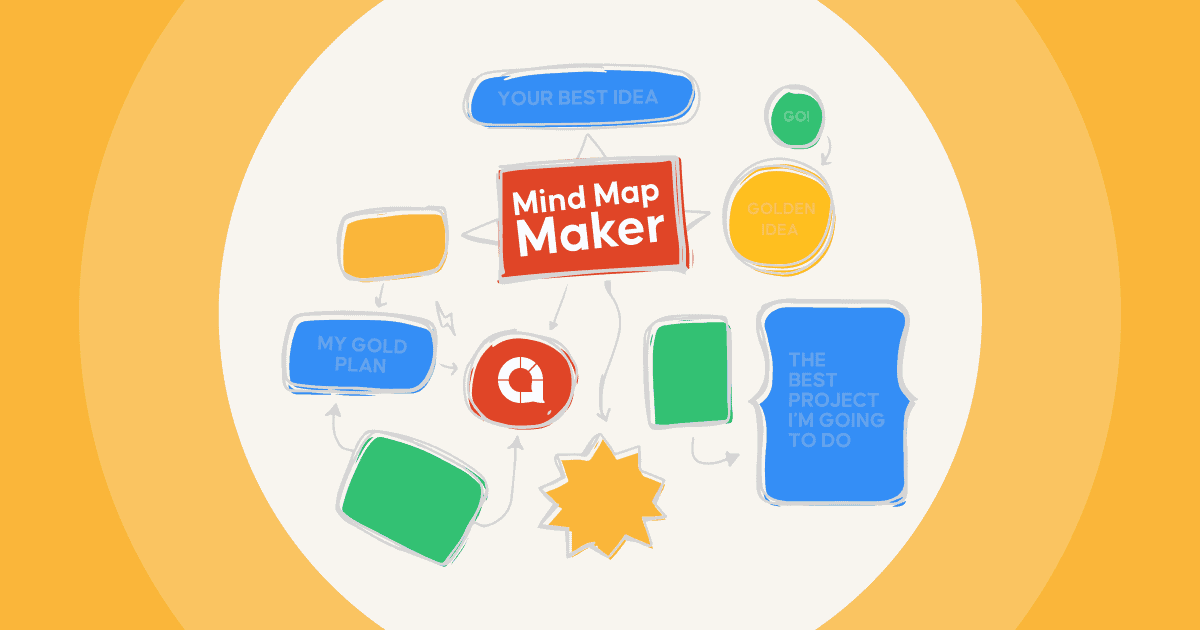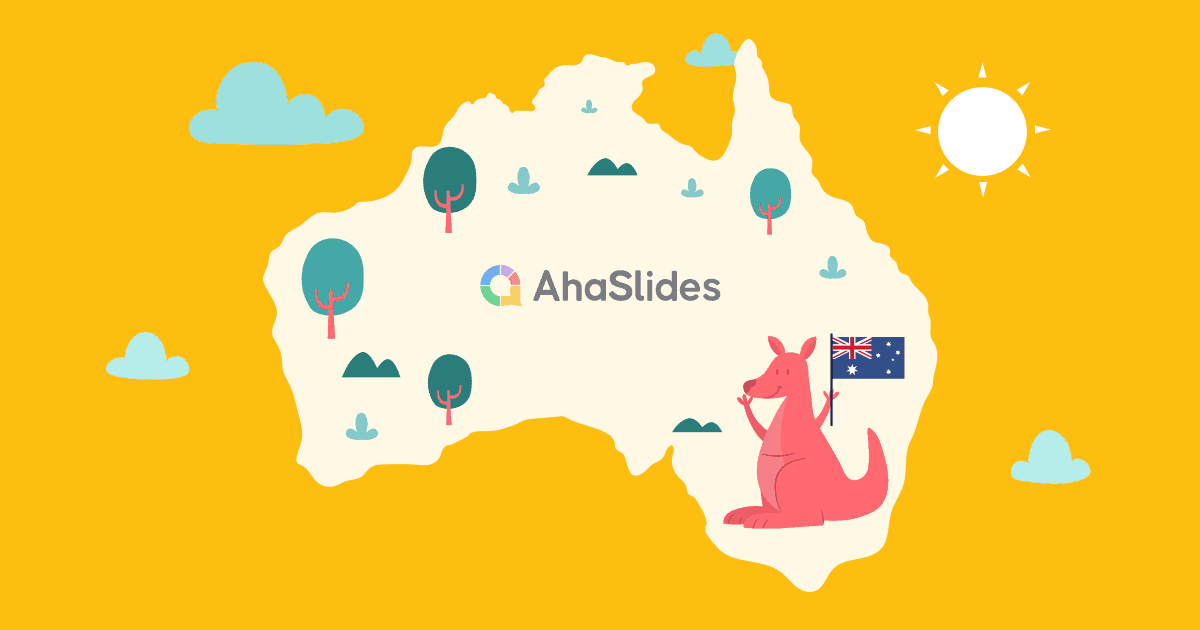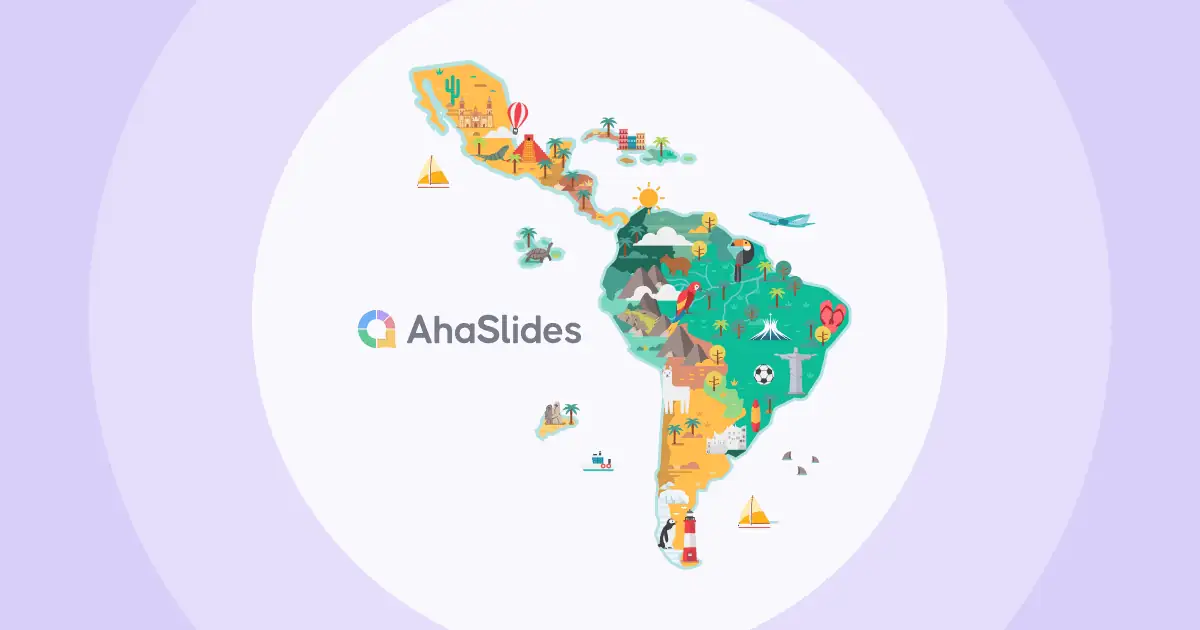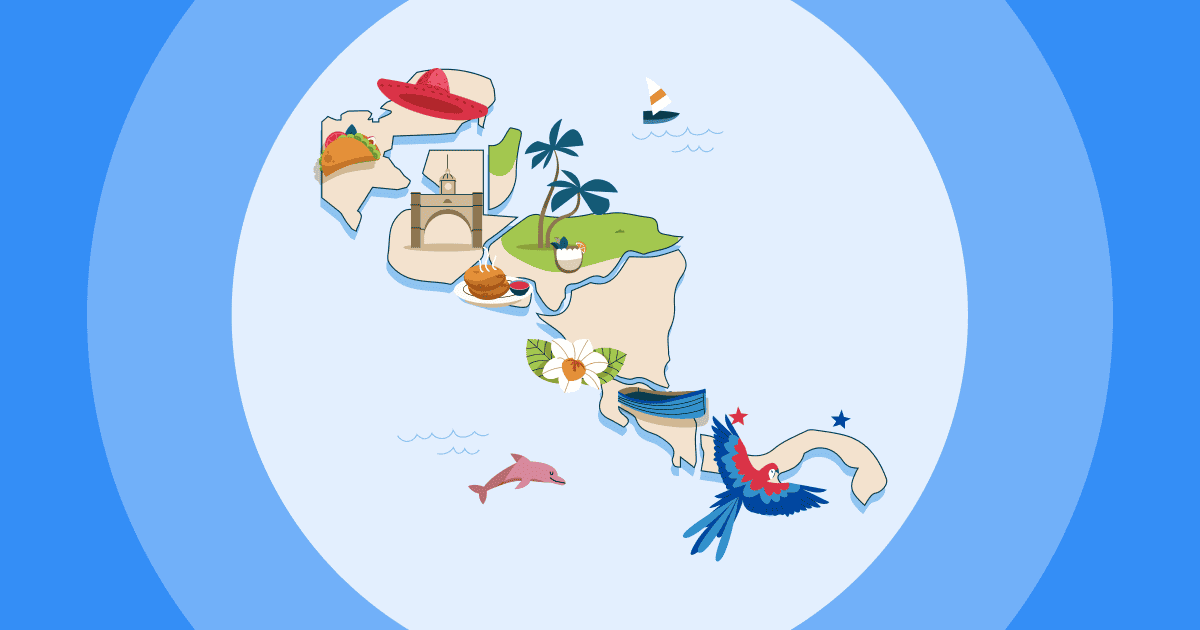What is the simplest way to Create Mind Map? Have you ever heard the name Tony Buzan? If you have worked on mind mapping, you should thank him, the inventor of the mind map concept and its techniques. Started between the 1970s and 1980s, mind mapping has become a widely recognized and popular tool for note-taking, brainstorming, planning, and problem-solving.
In the book I Am Gifted, So Are You by Adam Khoo, he inherently is obsessed with Mind mapping techniques and embodies effective learning strategy and beyond with mind mapping. The time seems right to learn more about mind mapping and how to create mind map effectively.
In this article, you will learn how to create mind map step-to-step, plus answers of frequent questions related to the mind map.

Table of Contents
- Engagement Tips with AhaSlides
- What is a mind map?
- How to create mind map during brainstorming step-to-step?
- FAQs about mind map creating
- Key Takeaways
Engagement Tips with AhaSlides
- Mind Mapping Brainstorming? Is It The Best Technique in 2025
- 8 Ultimate Mind Map Makers with Best Pros, Cons, Pricing in 2025

Need new ways to brainstorm?
Use fun quiz on AhaSlides to generate more ideas at work, in class or during gatherings with friends!
🚀 Sign Up For Free☁️
What is a Mind Map?
A mind map is a graphical tool for organizing and visualizing information. It is a type of diagram that uses a central idea or theme as the starting point, then branches out into related topics and subtopics.
One of the key features of mind map creating is that it is non-linear, meaning it does not follow a strict hierarchical structure. Instead, it allows for a more flexible and creative approach to organizing information, enabling you to make connections and associations between different ideas.
There are several types of mind mapping, and each technique has its advantages and disadvantages. Hence, it's essential to experiment with different approaches to find the one that works best for you. Here are short description of each mind map styles:
- Traditional Mind Mapping: This is the most common type of mind mapping and involves creating a central idea or concept in the center of the page and then adding branches that connect to related ideas or concepts. The units can be further divided into sub-branches to create a detailed map of your ideas.
- Concept Mapping: Concept mapping is similar to traditional mind mapping, but it emphasises the relationships between different concepts. It involves creating a diagram with nodes representing concepts or ideas and then connecting these nodes with lines or arrows to show their relationships.
- Spider Mapping: Spider mapping is a simpler version of traditional mind mapping that is useful when brainstorming ideas quickly. It involves creating a central idea or topic in the center of the page and drawing lines that radiate outwards to represent different ideas or concepts.
- Fishbone diagram: A fishbone diagram is a type of mind map used to explore a problem's root cause. It involves creating a diagram with a horizontal line that represents the problem and branching out from that line with different reasons or contributing factors.
When you create a mind map, you visually represent complex ideas and concepts in the easiest way to be understood. Mind mapping is a useful tool for anyone who wants to improve their thinking, creativity, and productivity. Gather feedback from the audience better from Live Q&A, Rating scale or spin more fun for your brainstorming session with the AhaSlides spinner wheel!
How to create mind map during brainstorming step-to-step?
Is it hard to create mind map? How long does it take to create mind map?
You might look at many mind map examples before and find it difficult to understand? Don't panic. It might take you time to learn how to create mind map at the beginning; however, for a time, you will be so fond of mind mapping techniques.
🎊 Learn to use AhaSlides online quiz creator
Here is the ultimate guide which show you simple way to create mind map quickly and productively:
Step 1: Place a central idea or topic in the center of your page.
Hints: If you use paper to create mind map, you could consider placing a page in landscape orientation so that it can leave enough space for you to draw subtopics and branches. Draw a circle or box around the central topic to make it more noticeable.
Step 2: Come up with several main ideas, then evenly space them in a circular formation around the mind map topic
Step 3: To highlight the connection between the central theme/main idea and subtopics, and other keywords, use lines, arrows, speech bubbles, branches and different colors.
Hints: Use different colors to represent different categories, or types of information can help to make your mind map more visually appealing and easier to understand.
Step 4: It is not a work of art, so avoid ending it as an artistic masterpiece. You could perhaps sketch quickly, with no considerable pauses or formatting. Remember that mind maps are meant to be flexible and non-linear, so don't worry about creating a perfect structure.
Hints: Allow your ideas to flow naturally and make connections between different concepts as you go.
Step 5: Consider using images to replace words.
Step 6: Review and revise your mind map is necessary. This may involve adding or removing branches, reorganizing ideas, or refining the wording of your central idea or subtopics.
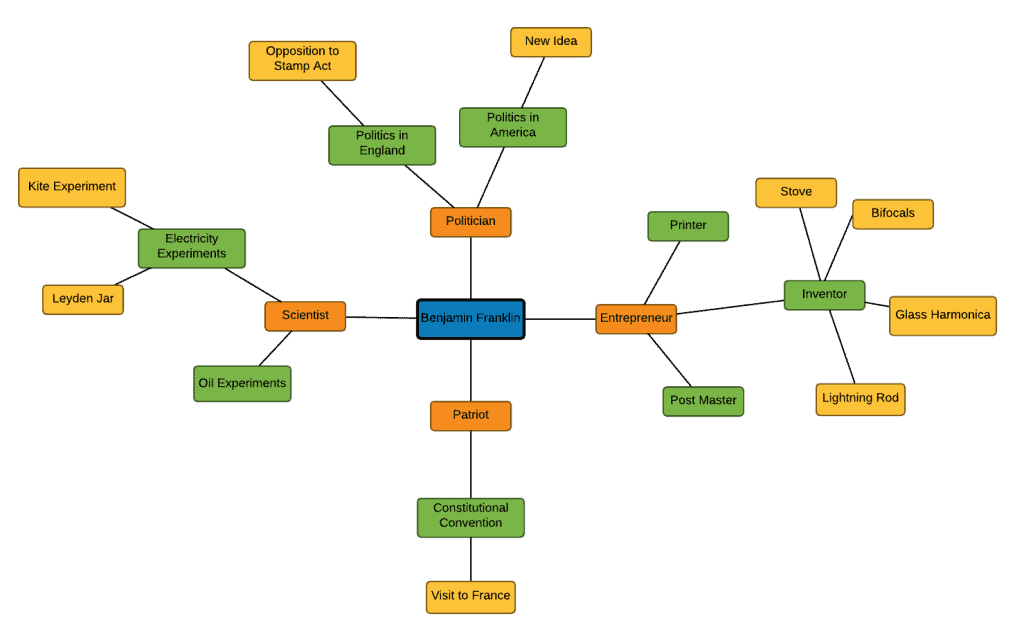
FAQs about Mind Map Creating
#1. Can I create a mind map in Word?
You can create a mind map in Word using the SmartArt feature. Choose a SmartArt Graphic" window that appears, select the "Hierarchy" category. You can add more information with add shape functions.
#2. Are mind maps good for ADHD?
Mind maps are useful if you have ADHD because they help you visually organize information, which plays an important role in absorbing information, knowledge, and ideas.
#3. Who can create mind map?
Anyone can create a mind map, regardless of age, profession, or educational background. Mind maps are a smart and flexible tool that can be used for a wide range of purposes.
#4. What is the best mind map maker?
There are a range of mind map makers that you can use for both individual and organizational purposes. You can create conceptual map online with some apps like Coggle, Xmind, MindManager, Visme, Coggle, and more.
#5. Could we make mind map accessible?
Almost all mind mapping tools offer free packages with limited advanced functions. However, you still can use these basic features of free plan to create mind map simply and quickly.
#6. What are alternatives of mind mapping?
For some situations, you can use other methods to replace mind mapping. Some best alternatives are Outlining, Concept mapping, Flowcharting, Visual note-taking, Word Cloud, and Bullet journaling. Cava and Visme are famous online concept map makers. AhaSlides is well-known as a real time interactive Word Cloud.
#7. What is mind mapping for?
The usage of mind map varies from contexts to contexts. Creating mind map bring a lot of benefits, such as:
Clarifying your thinking
Increasing creativity
Improving memory retention
Enhancing productivity
Better communication
Time-saving
#8. What 3 things must a mind map have?
An ultimate mind map should conclude at least three elements: core topic, branches of related ideas, and color to highlight ideas in different categories.
#9. What is the most crucial step of mind map during brainstorming?
Different ideas exist of which step is the most important during mind mapping brainstorming. The most crucial step in creating a powerful mind map is to develop a main topic at the starting point.
Key Takeaways
As mentioned before, a mind map properly is a powerful tool to generate creative ideas, build structured plans, or solve problems. Nevertheless, it is needed more than that when it comes to effective learning and working processes.
You absolutely can apply different strategies at the same time to maximize your performance. AhaSlides will be an excellent support to bring you a new and innovative way of conveying information, collaborating with others, and generating new ideas.

